
 Pierre-Auguste Renoir (1841-1919)
Pierre-Auguste Renoir (1841-1919)  Contents
Contents  Delphi Classics 2015 Version 1
Delphi Classics 2015 Version 1  Masters of Art Series Pierre-Auguste Renoir
Masters of Art Series Pierre-Auguste Renoir  By Delphi Classics, 2015
By Delphi Classics, 2015
The Highlights

Limoges, Haute-Vienne, France Renoirs birthplace

Renoir was the son of Leonardo Renoir, a stonecutter, and Daisy Merlet, a seamstress.

Portrait of Pierre-August Renoir by Frdric Bazille, 1867 THE HIGHLIGHTS

In this section, a sample of some of Renoirs most celebrated works are provided, with concise introductions, special detail reproductions and additional biographical images.
AT THE INN OF MOTHER ANTHONY

Pierre-Auguste Renoir was born in Limoges, Haute-Vienne, France, the child of a working-class family. As a boy, he worked in a porcelain factory where his drawing talents soon led to his being chosen to paint designs on fine china. He often painted hangings for overseas missionaries and decorations on fans, which led him to enrol at a local art school. During these early years, he often visited the Louvre to study the French masters of the Rococo, particularly admiring the works of Fragonard and Boucher, which influenced his decoration work.
In time, he felt he no longer wished to be a copier of others, but instead to create his own individual works of art. Therefore, he worked hard in his various jobs, saving money he put aside, so that he might join a prestigious art school and become an independent artist in his own right. In 1862, Renoir began his studies under Charles Gleyre in Paris at the cole des Beaux-Arts, where he met fellow students Alfred Sisley, Frdric Bazille and Claude Monet. Renoirs master Gleyre was a painter of the formal academic tradition, who favoured classical and historic subjects, which dominated the nineteenth century art scene in France. Such paintings were often completed on large canvasses, with dark palettes and subjects taken from mythical, Biblical or grand historical events never from every day life. At that time, the only realistic opportunity for artistic success in France was through the Salon, which favoured such classical contributions to its exhibitions every year.
However, there was a change in the air. Gustave Courbet (1819-1877), a self-proclaimed leader of the Realist movement in nineteenth century French painting, was committed to painting only what he could see, rejecting academic conventions and the Romanticism of the previous generation. His independence set an example that was important to later artists, such as the Impressionists and the Cubists. Courbet occupied an important place in French painting as an innovator and as an artist willing to make bold social statements through his work. During his early studies at the cole des Beaux-Arts, Renoir and his fellow students, particularly his close friend Monet, became aware of these radical developments of theory in art. The young artists started experimenting painting outside, en plein air , often visiting the Forest of Fontainebleau, a scenic haven of sorts favoured by painters.
At Fontainebleau, Renoir met Courbet for the first time and the influence of the Realists style and colour palette can be seen in the younger artists first major artwork. Completed in 1866, At the Inn of Mother Anthony depicts a hostelry in the Fontainebleau area that was popular with artists at the time. Renoir presents the landladys daughter clearing the table, while the artists Jules Le Cur and Alfred Sisley are seated and the bearded figure of Claude Monet stands behind the woman. Portraying an everyday scene of artists socialising in an inn, with tea cups inelegantly balanced on top of each other and a humble dog brazenly staring at the viewer under the table, the canvas is an early indication of Renoir turning away from the academic tradition of Gleyre. The colour palette adapted by Renoir is unlike what the artist would become famous for in his later works. Courbet and the other Realist painters were renowned for their sombre tones of colour, believing that artists should be concerned with the portrayal of real life and not idealised beauty.
In Renoirs first major work the range of browns and blacks conform to this theory, giving the canvas an earthy, realistic portrayal of every day people, caught in a momentary example of their lives. 
 Detail
Detail  Detail
Detail  Detail
Detail  Detail
Detail  Self-portrait (1849) Gustave Courbet (1819-1877) was a leader of the Realist movement in nineteenth century French painting, greatly influencing Renoir early works.
Self-portrait (1849) Gustave Courbet (1819-1877) was a leader of the Realist movement in nineteenth century French painting, greatly influencing Renoir early works.  The Meeting (Bonjour, Monsieur Courbet), 1854 one of Courbets celebrated realist masterpieces
The Meeting (Bonjour, Monsieur Courbet), 1854 one of Courbets celebrated realist masterpieces
DIANA

In the village of Marlotte, Renoir lived with his fellow artist Jules Le Cur (pictured seated at the table facing Alfred Sisley in At the Inn of Mother Anthony ) and Le Curs mistress, Clemence Trhot. This was to have an important impact on Renoirs personal life, when Clemences nineteen year old sister Lise Trhot became his mistress and his favoured model. In 1867 he painted Diana , portraying his lover as the Roman goddess of the hunt. The canvas was submitted to the Paris Salon of that year and demonstrates Renoirs early adaptability to conform to traditional tastes.
Next page
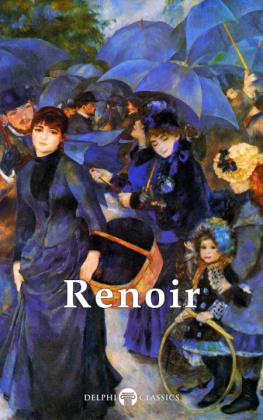
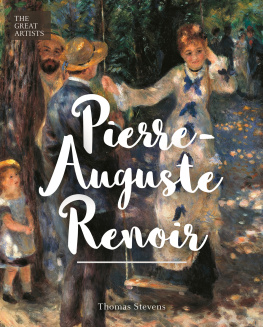
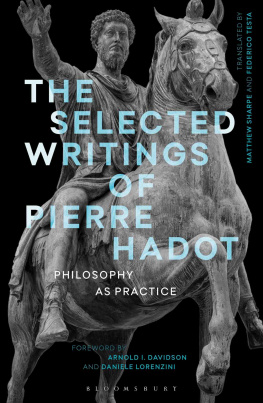

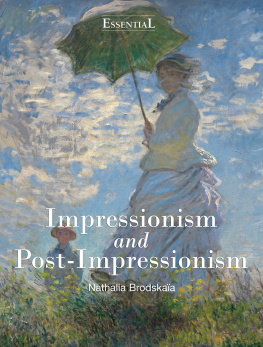



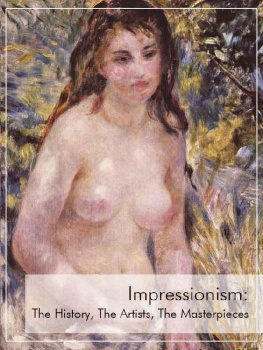
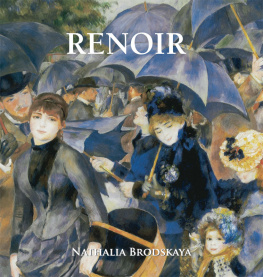
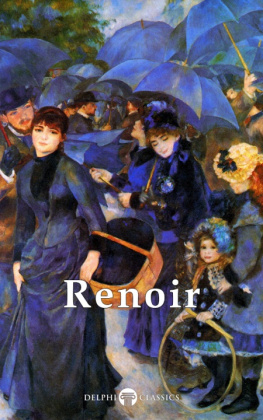
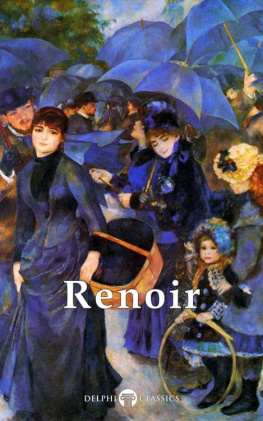

 Pierre-Auguste Renoir (1841-1919)
Pierre-Auguste Renoir (1841-1919)  Contents
Contents  Delphi Classics 2015 Version 1
Delphi Classics 2015 Version 1  Masters of Art Series Pierre-Auguste Renoir
Masters of Art Series Pierre-Auguste Renoir  By Delphi Classics, 2015
By Delphi Classics, 2015 Limoges, Haute-Vienne, France Renoirs birthplace
Limoges, Haute-Vienne, France Renoirs birthplace  Renoir was the son of Leonardo Renoir, a stonecutter, and Daisy Merlet, a seamstress.
Renoir was the son of Leonardo Renoir, a stonecutter, and Daisy Merlet, a seamstress.  Portrait of Pierre-August Renoir by Frdric Bazille, 1867 THE HIGHLIGHTS
Portrait of Pierre-August Renoir by Frdric Bazille, 1867 THE HIGHLIGHTS  In this section, a sample of some of Renoirs most celebrated works are provided, with concise introductions, special detail reproductions and additional biographical images.
In this section, a sample of some of Renoirs most celebrated works are provided, with concise introductions, special detail reproductions and additional biographical images. 
 Detail
Detail  Detail
Detail  Detail
Detail  Detail
Detail  Self-portrait (1849) Gustave Courbet (1819-1877) was a leader of the Realist movement in nineteenth century French painting, greatly influencing Renoir early works.
Self-portrait (1849) Gustave Courbet (1819-1877) was a leader of the Realist movement in nineteenth century French painting, greatly influencing Renoir early works.  The Meeting (Bonjour, Monsieur Courbet), 1854 one of Courbets celebrated realist masterpieces
The Meeting (Bonjour, Monsieur Courbet), 1854 one of Courbets celebrated realist masterpieces